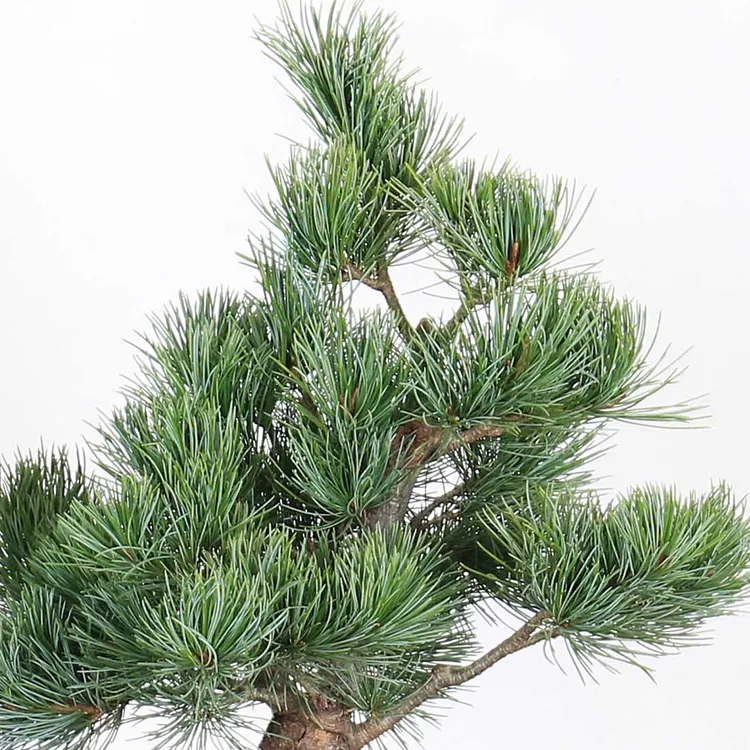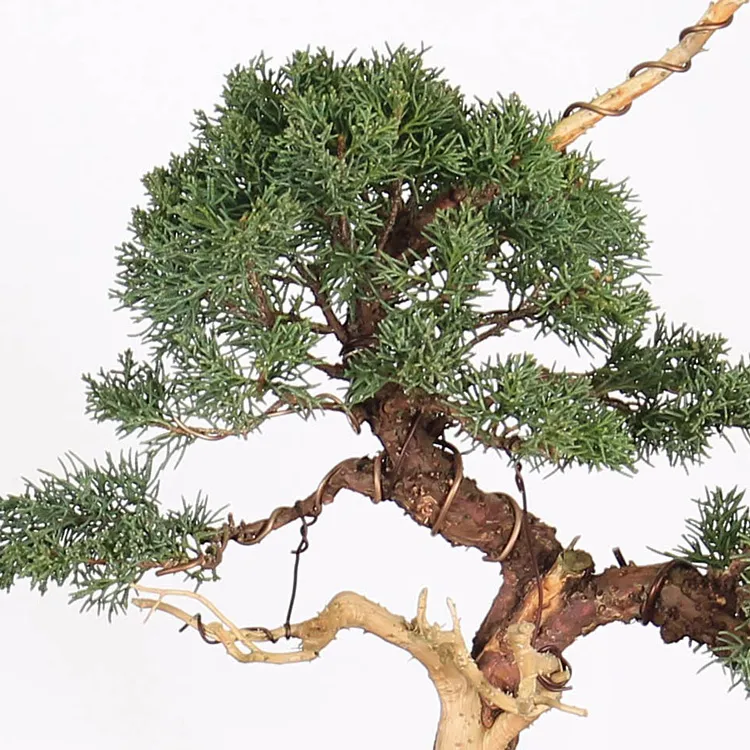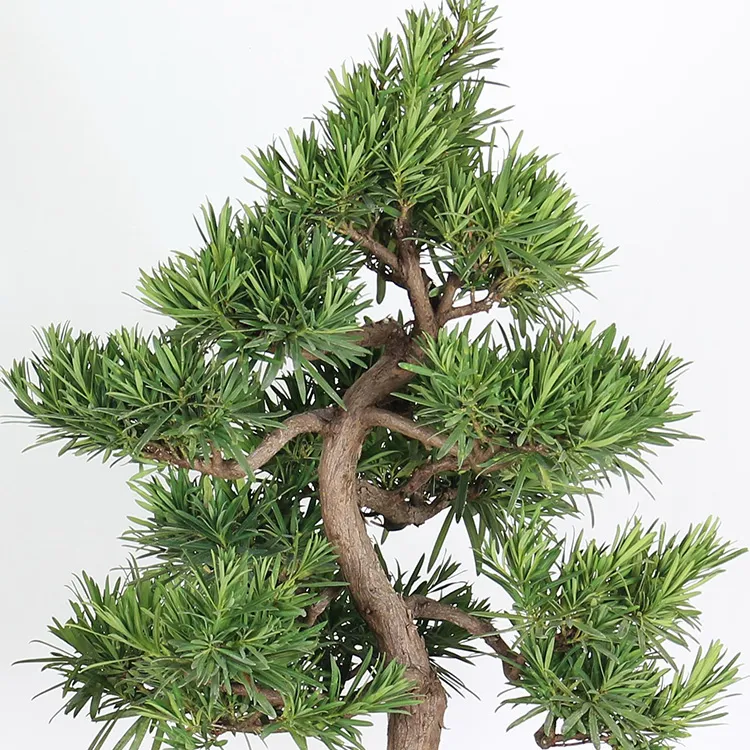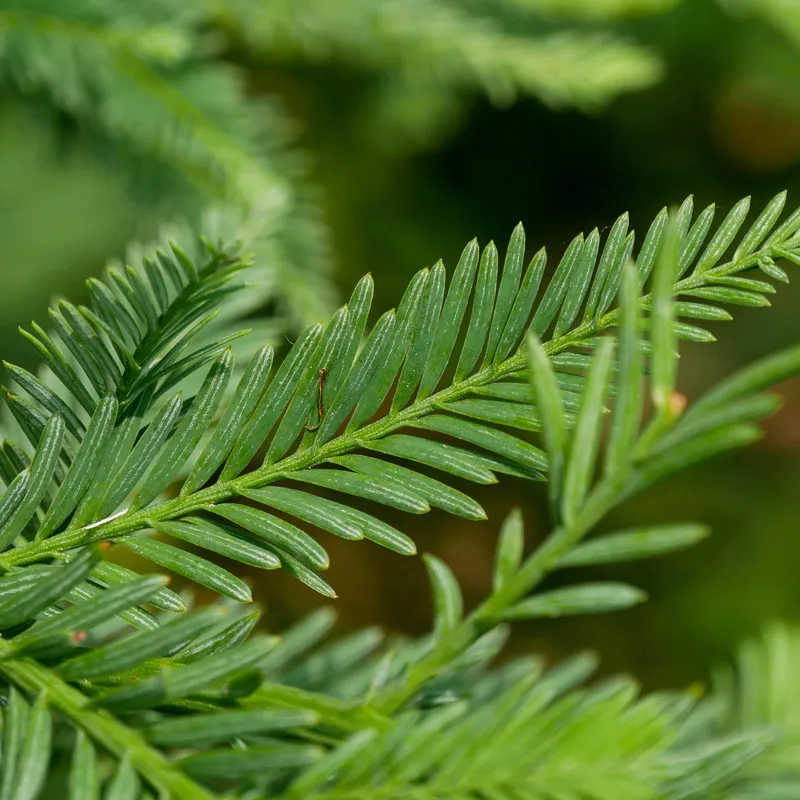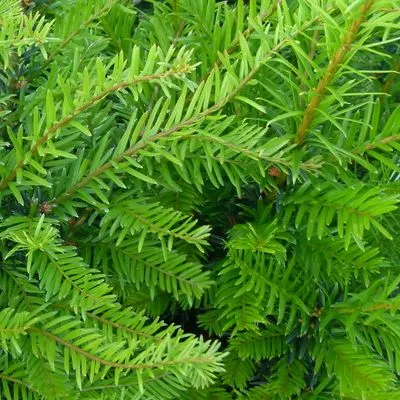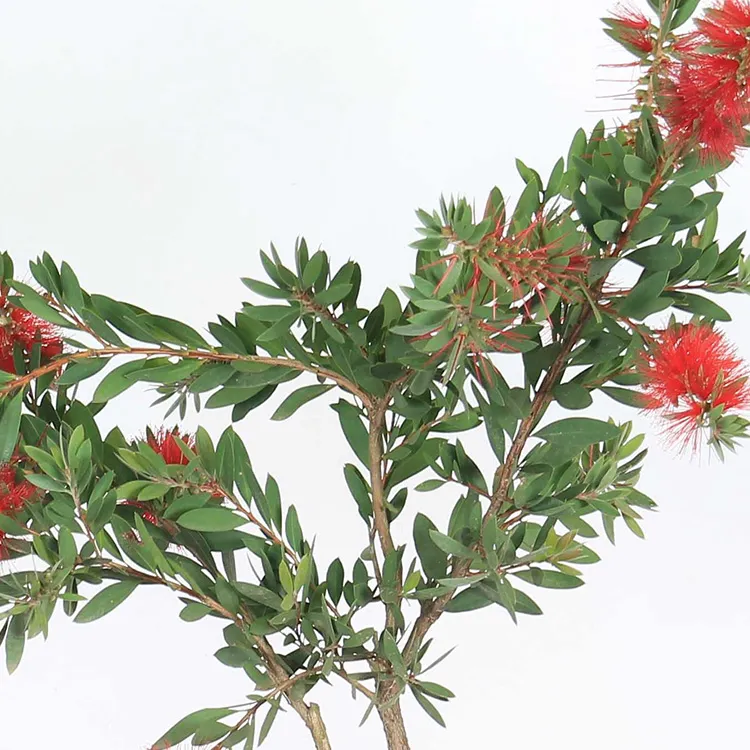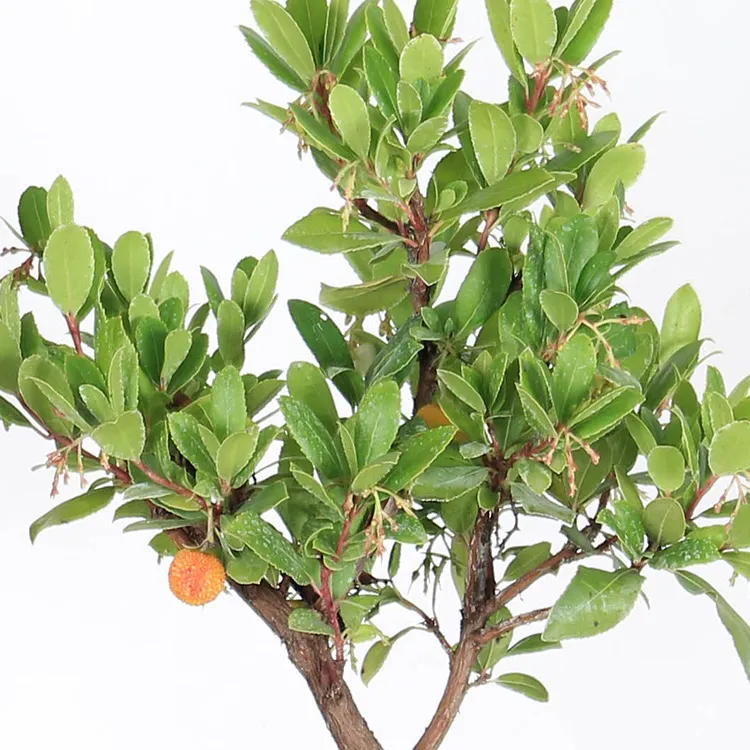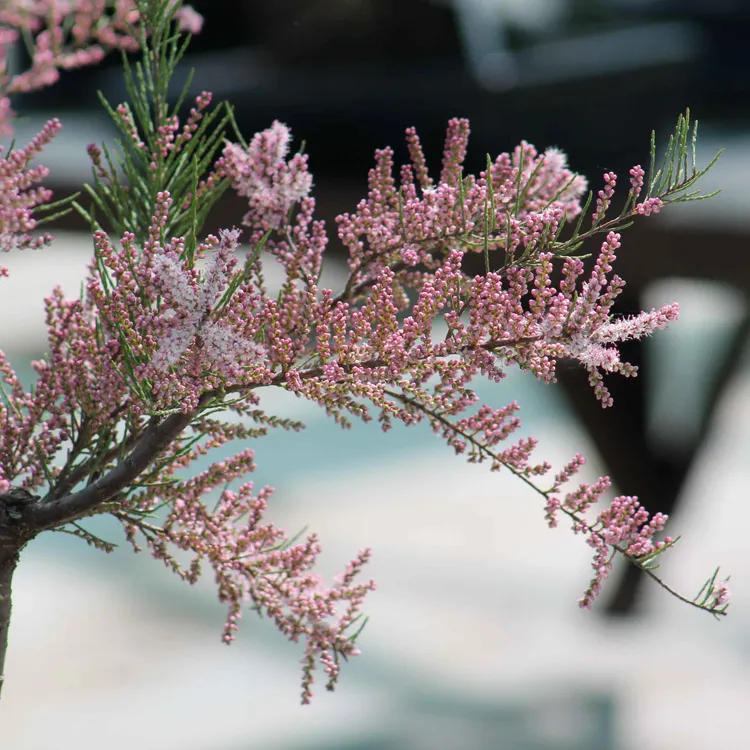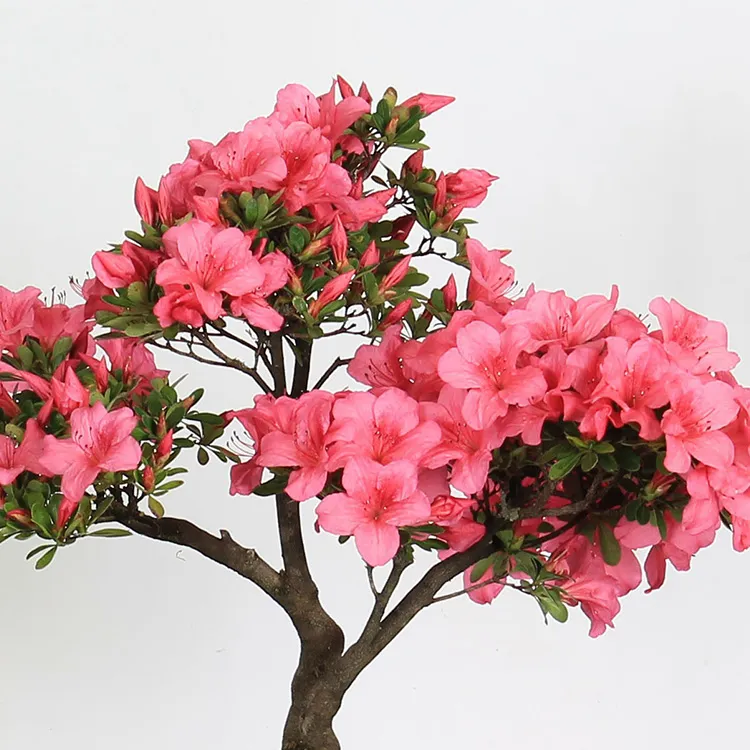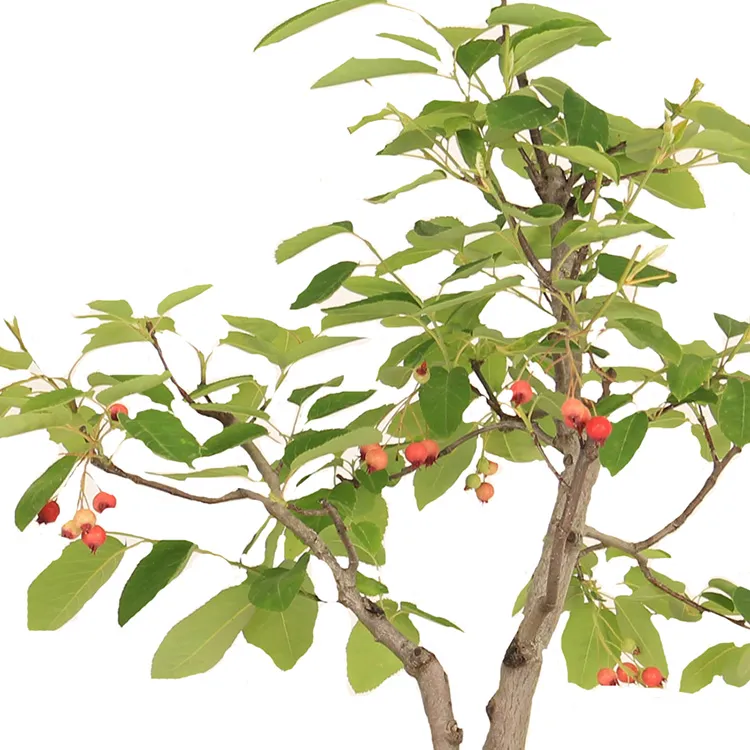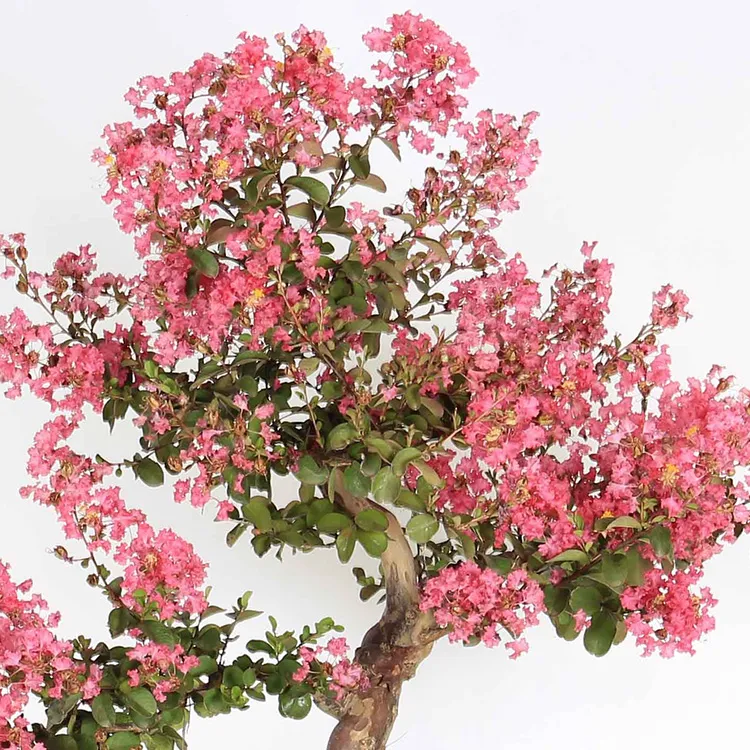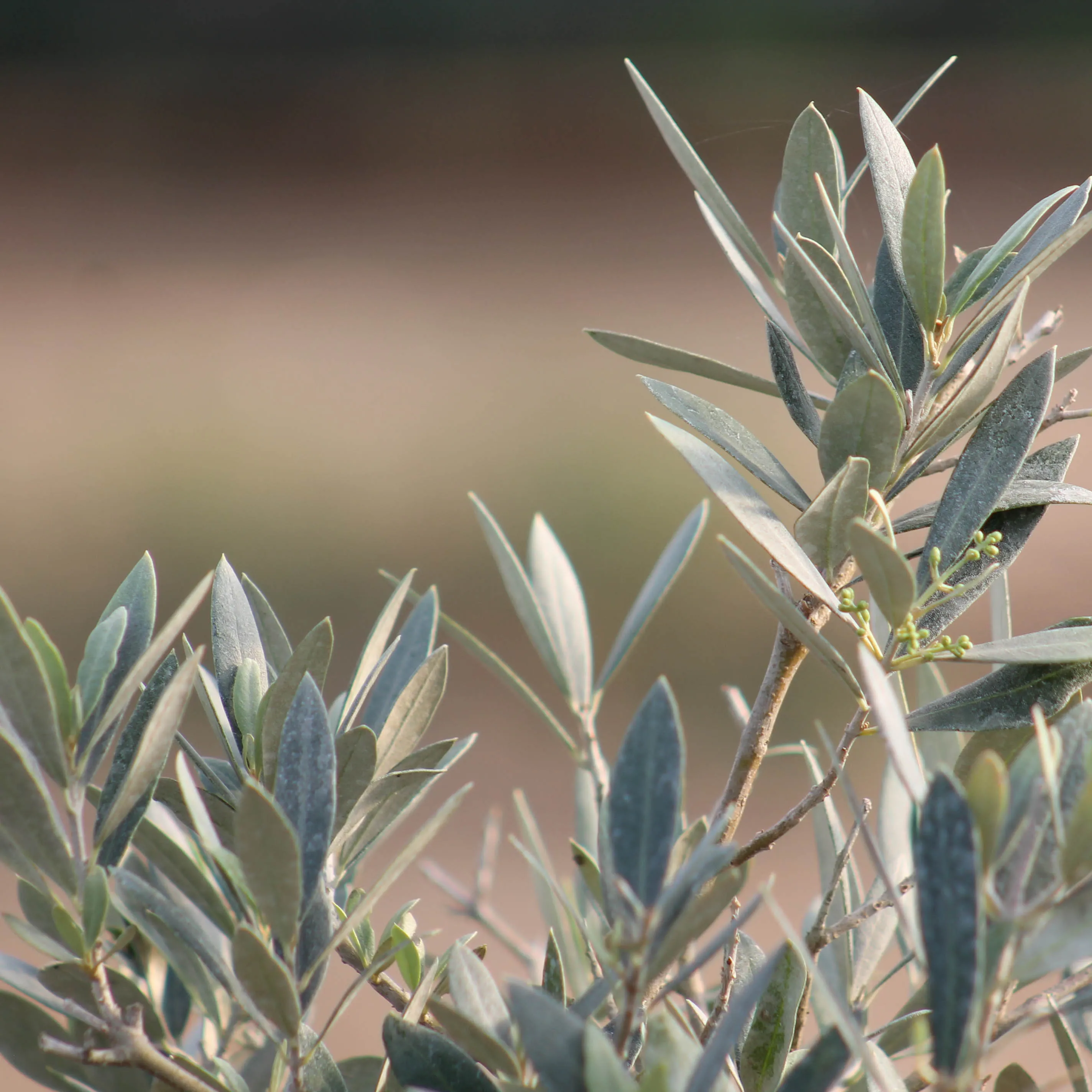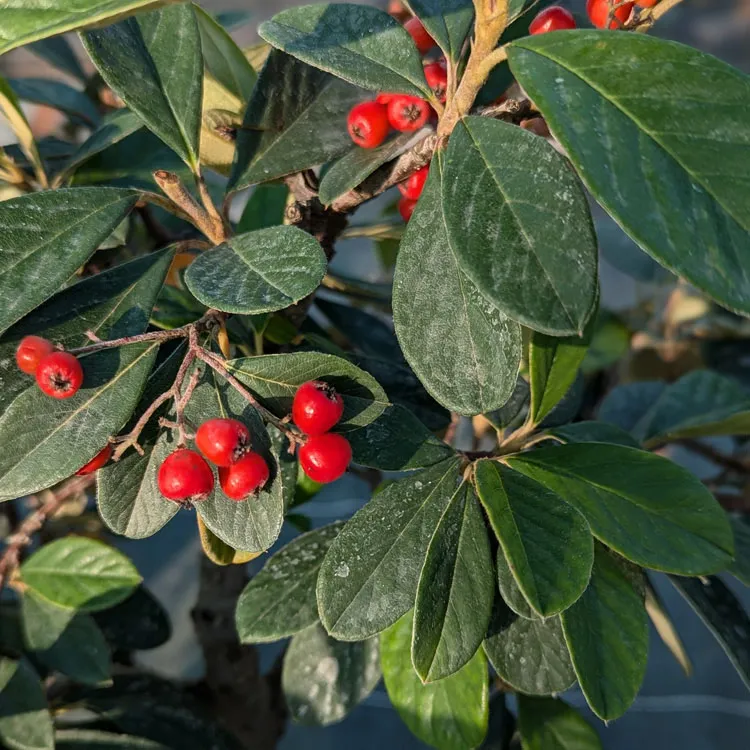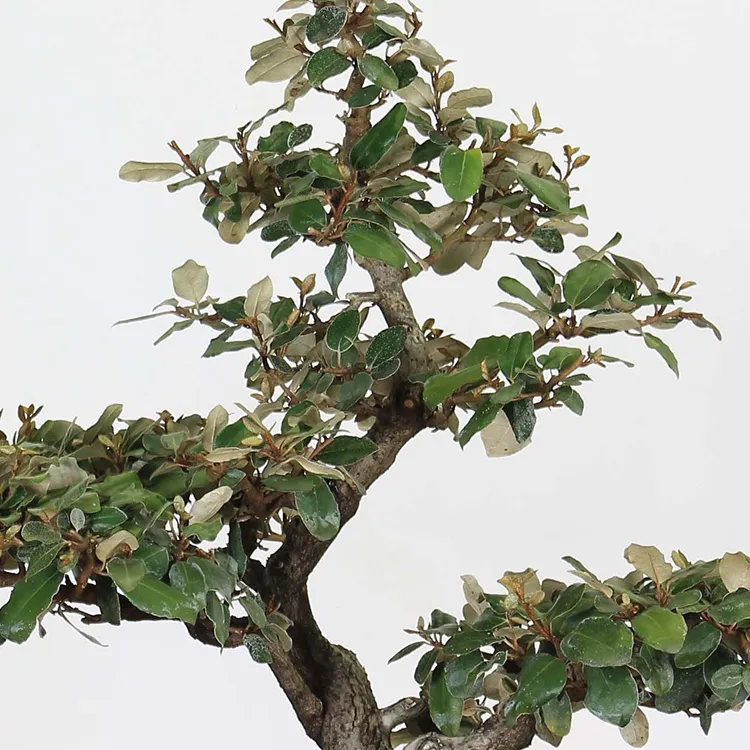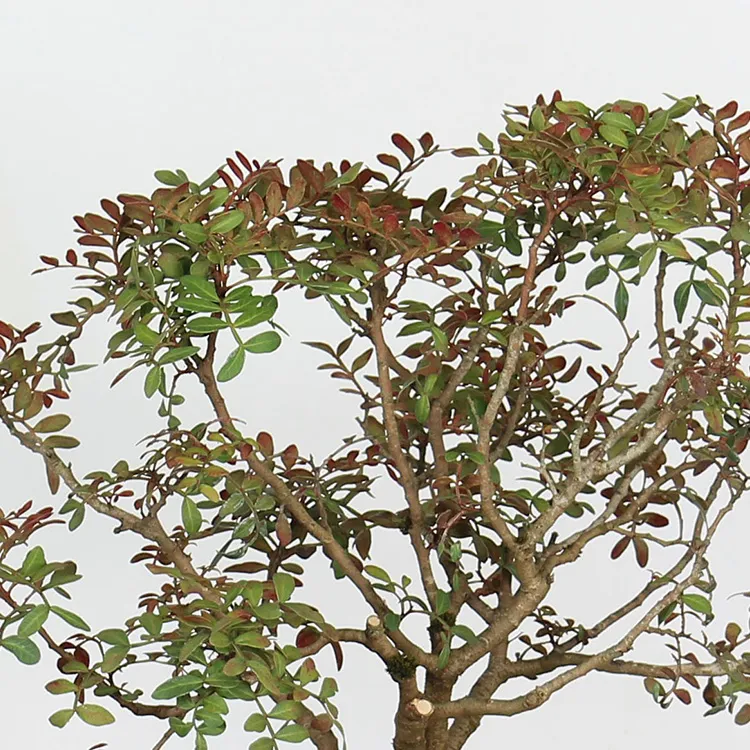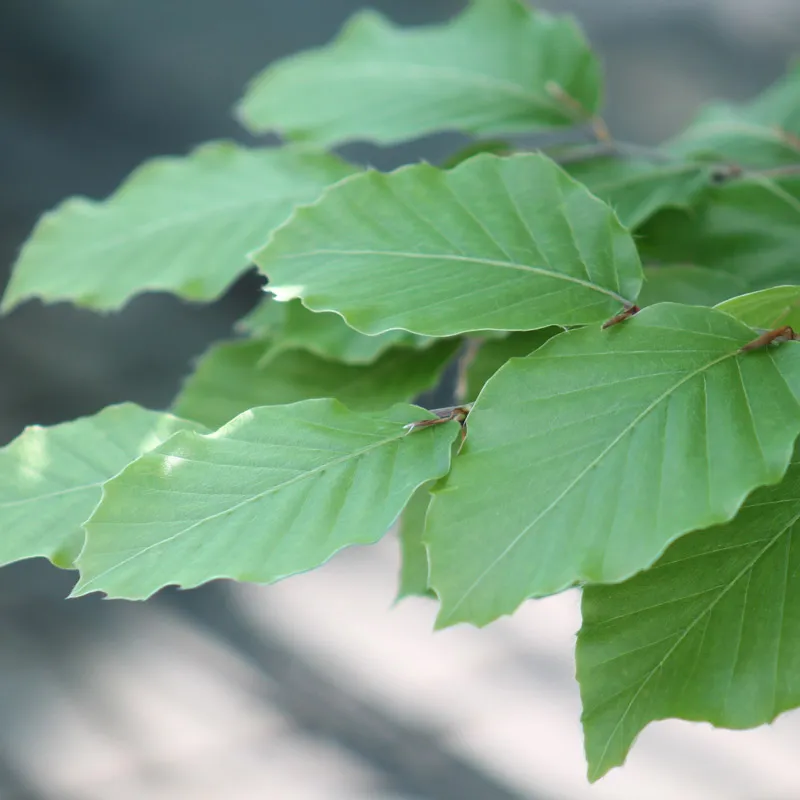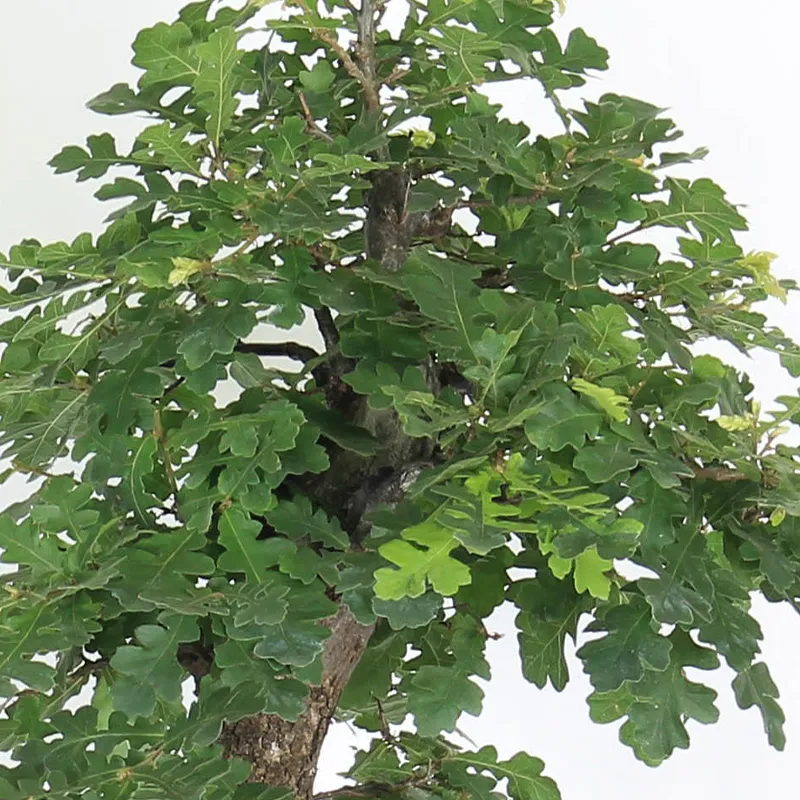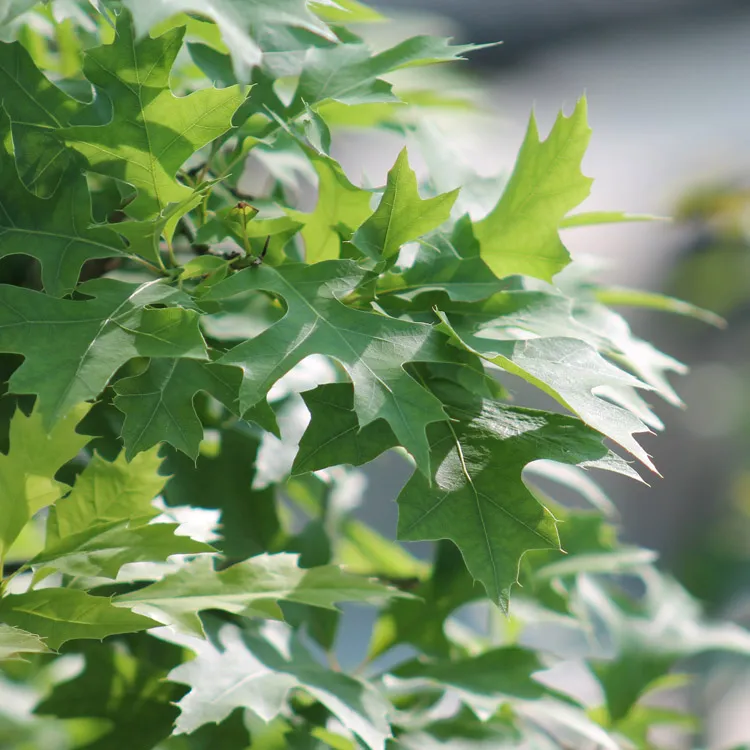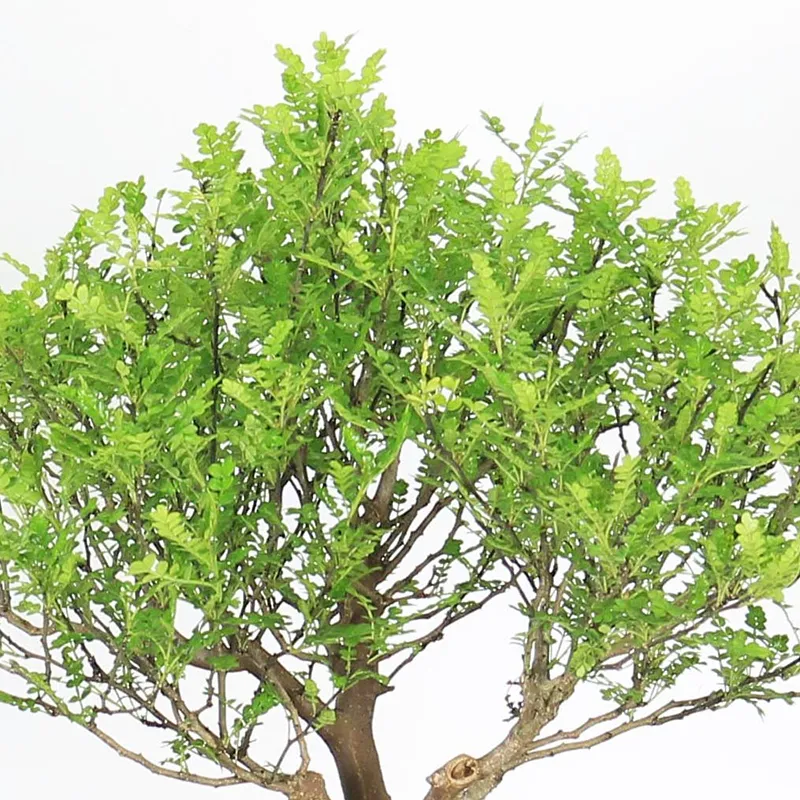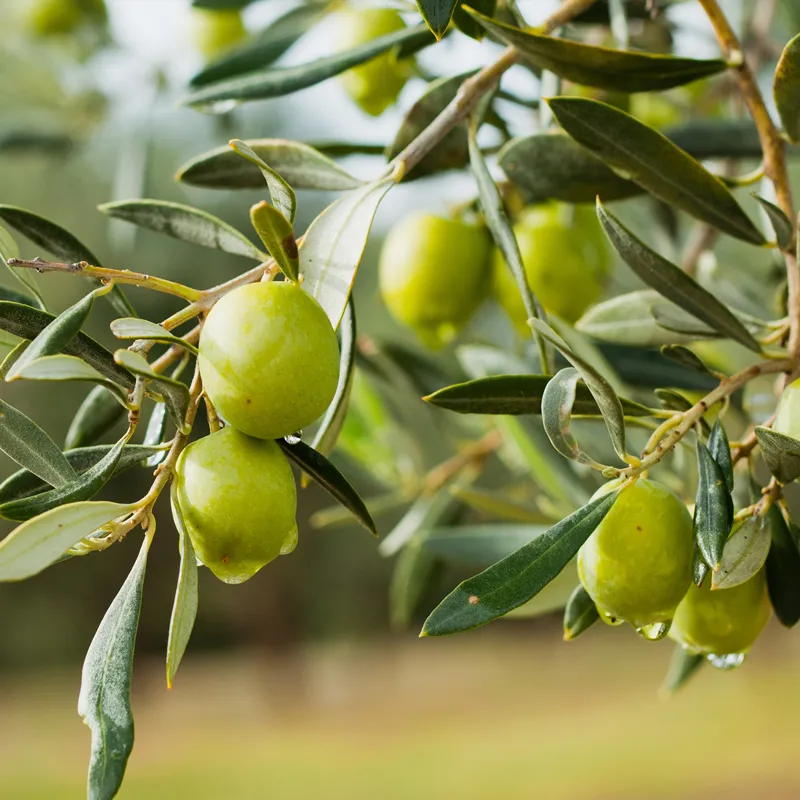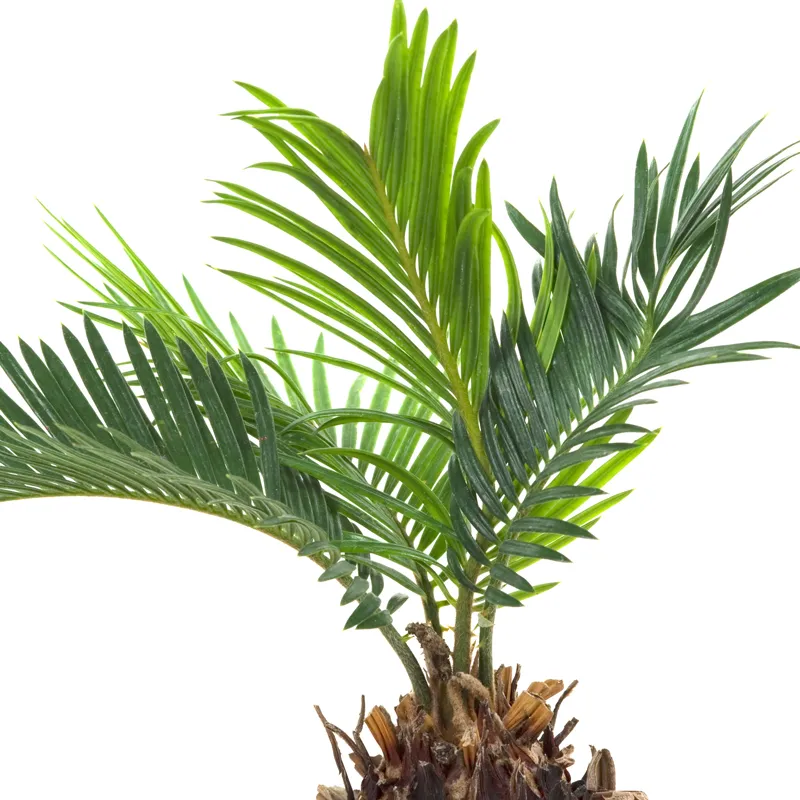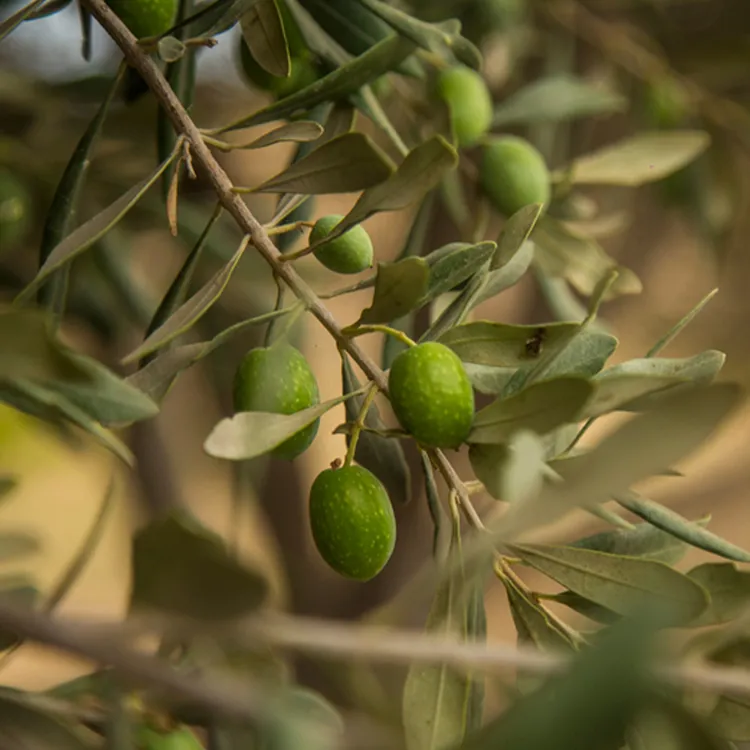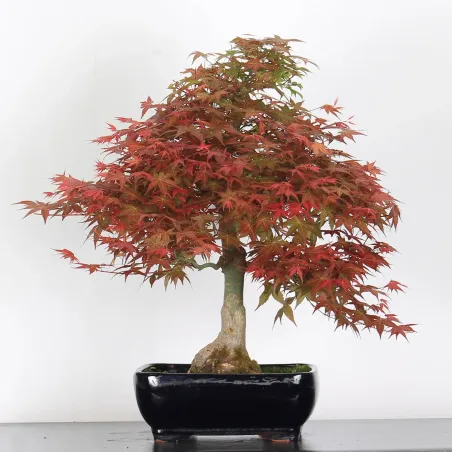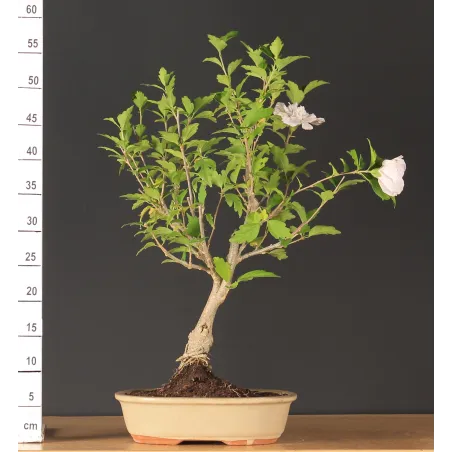Dehors toute l’année, le Ginko Biloba doit être exposé dans un endroit ensoleillé pour obtenir de belles couleurs automnales. En période de fortes chaleurs, privilégiez un emplacement semi-ombragé ou ombragé pour le protéger du soleil brûlant qui pourrait l’endommager. Il possède une rusticité excellente face aux températures négatives.
 English
en
English
en
Bonsai
Ginko biloba gi-1-1
Ginko Biloba is prized for its beautiful bright green foliage in spring/summer and for its golden yellow in autumn. Its hardiness gives it an ease of cultivation that allows novices to get started serenely and experienced ones to develop their collection.
- Location: Outdoors all year round
- Age: 15+ years old; Grown in our nursery
- Foliage: Deciduous
Growing Tips
Location : Outdoors year-round, Ginko Biloba should be displayed in a sunny spot to get beautiful fall colors. In periods of high heat, choose a semi-shaded or shaded location to protect it from the scorching sun that could damage it. It has excellent hardiness against sub-zero temperatures.
Watering : It needs a substrate that is always moist. Water it regularly while allowing the root ball to dry out slightly between waterings to avoid excess water.
In spring/summer, watering will be done regularly, when it's hot, it's every day ! On the other hand, in winter, water according to the soil monitoring you do. Thanks to the rain and cold, you won't necessarily need to water regularly since the substrate will remain moist.
Important : Don't hesitate to water the entire root ball up to the roots, the water will drain away through the holes under the pot or bathe the tree in water (drenching) for a few minutes, to be sure to water well up to the roots. We do not recommend putting a cup or container underneath your pot as the water will stagnate and can cause root rot. (Too much water = asphyxiation).
Substrate and repotting : In the nursery, we use agricultural soil composed of black peat, blond peat, eco-aged, topsoil, horse manure, pozzolana. During the next repotting, which is done about every 2/3 years at the beginning of spring, you can mix more draining substrate such as: akadama, pumice, kiryu... Just be careful not to disturb the root bread, don't destroy the whole root ball
Many bonsai react noticeably when repotted at the wrong time or too drastically. For this reason, you should cut as few roots as possible
Pruning : Young trees have an "open " branch shape, but as they age, they develop dense columns. We advise you to structure your tree according to its natural shape because the Ginko Biloba has quite large leaves that are difficult to reduce. During the flowering period, prune the jets to 2 or 3 leaves, being careful to cut above one leaf facing outwards. Be careful, do not prune strong branches because ginko does not heal well.
Fertilization : In the nursery, we use NPK 12, 12, 17 blue tomato/flower fertilizer. Put a handful of them on the substrate (small or large depending on the size of the pot) from spring to autumn, every 2 months , alternating chemical/organic.
» Ginkgo Biloba in Bonsai: The Complete Guide
More information:
All our bonsai are unique. That's why they're referenced by numbers. These do not indicate the age of the tree. If you would like to know more about it, please do not hesitate to contact us. We will be happy to let you know its approximate age.
We ship bonsai throughout France and neighbouring countries that are part of the EU.
We take care to pack each bonsai in custom-made wooden crates or reinforced cartons . The tree is well protected and tied to prevent any risk of breakage.
Depending on the size and weight of your bonsai, shipping is carried out by specialized carriers: DPD (under 30kg) or GEODIS (+30kg).
Our priority is that the delivery of your bonsai goes smoothly. For this reason, shipments are rarely made on weekends and never during heat waves, to prevent your bonsai from transacting for too long. We also regularly check and verify the tracking of your packages.
Do not hesitate to consult our delivery page to learn more about our methods.
Click ----> Bonsai Delivery France and EU - Galinou Bonsai Nursery
The + of our bonsai nursery
The bonsai tree you see in the picture is really the one you are going to receive. To find out the dimension, refer to the scale on the side. Each product is unique and we take care to take photos that give you the most accurate preview possible of what you will receive.
All bonsai are produced in our large nursery in Lot-et-Garonne. They are therefore perfectly adapted to the climate of France, which is not always the case with Japanese imports.
We have more than 1500 bonsai trees for sale at the nursery and tens of thousands under cultivation and work.

 Production of French Bonsai
Production of French Bonsai














